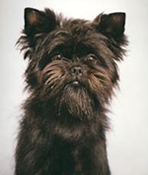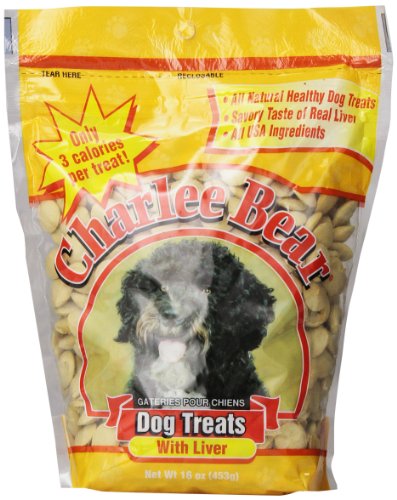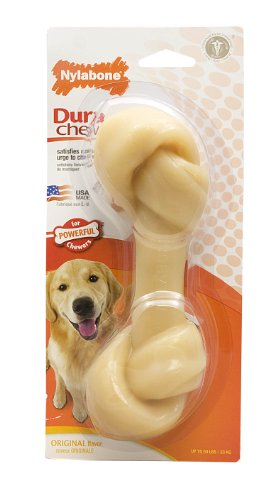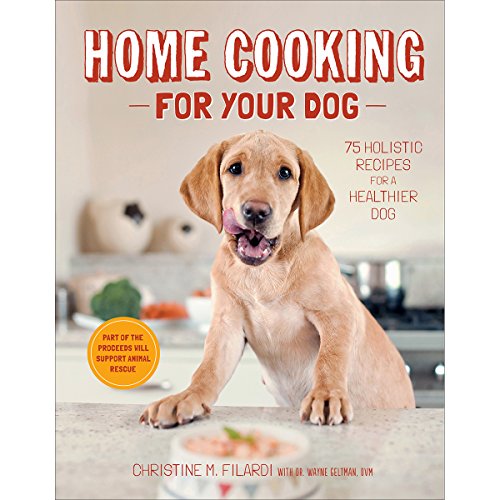Dogs are basically pack oriented animals. They need a pack leader and a place within the social hierarchy of the pack in order to live together peaceably. When an owner unwittingly disturbs the natural order of the hierarchy, fighting can occur.
Firstly it is important that the owner thoroughly acquaint himself with the body language of dogs and this will help him to understand the signals which denote dominance on the part of an animal. He must first recognize the signals that a dominant dog will give. A dominant dog will select the most favored spot to sleep. A dominant dog will push his way out of the door first. A dominant dog will urinate on the spots where other dogs have eliminated and will "mark" his territory often. A dominant dog (male or female, neutered or un-neutered) will often also "hump" other dogs.
Secondly the owner also needs to understand the body language of submissiveness. A submissive dog will roll belly up in front of the more dominant dog. He will lick the chin of the dominant dog. He submits to being pushed out of the way. In the case of group feeding (which should never be the norm in the average household) he will not be allowed to feed till the more dominant dog has fed.
Dominance should not be confused with outright rudeness. Often a puppy who has been separated from his dam too young will be rude to the other dogs in the household. This is unmannerly and should not be tolerated. A puppy who licks the chins of the other dogs is not naturally the dominant dog, so if he also does such things as push the other dogs out of the way to go outside, or steals the toys out of the other dog's mouths, or pushes his way to the water bowl first, then he is being rude and should be admonished by the owner so as to learn appropriate manners towards the others.
When living in a household of multiple dogs, the single most important factor to avoid in-fighting amongst the dogs is for the owner to keep in the forefront two considerations.
Firstly, the OWNER must be the most dominant. He must be the one to go out the door first. He must be the one to eat first. He must be the one to sleep in the desired spot. He must command the respect of all the dog members of the household. He must be OBEYED.
Secondly, the owner must uphold the dominance of the most dominant dog. Most fights in a multiple dog household occur because of a desire on the part of one dog to take over the command position. It is important that the owner not give mixed signals because a dog who may be attempting a takeover may take the opportunity to take over dominance by force if he thinks there is any question. Therefore the owner should set the food pan down first in front of the most dominant dog. He should allow the most dominant dog to go out the door first. He should NOT allow the dog to take over his spot in the bed, although it is perfectly okay if he wants the dog to be in bed with him...
Unfortunately there may still be times, for whatever reason, that fights do occur in the household. Should this happen, it is imperative that the owner does not physically interpose any part of his body to try to stop the fight. Neither should he pull on one dog's tail to try to pull them apart, or in any other way try to physically separate the dogs with his own body. If pure voice control does not work and a command to stop is not effective, there is one recourse which is probably safe. That recourse is to take an object such as a round bowl or bucket and put it over the head of the dog that appears to be the attacker. "Scoop" the dog's head into the bowl and back him up. Usually he will let go, because he can't see any more. In the absence of a bucket or bowl, try a cloth such as a jacket or small blanket, covering the dog's eyes so that he can't see. As soon as the attacker lets go, back him up into the nearest nearby room with a door and shut him in.
After a fight, always check over all participants carefully. Puncture wounds must be treated by cleaning with hydrogen peroxide and triple antibiotic. Vet visits are often necessary and it is highly important to continue checking for a few days to make sure that infections do not develop.

 Dog Treats: Which Dog Treats Are Safe and Which Arent?
Dog Treats: Do You Know What’s Safe and What Isn&rsqu
Dog Treats: Which Dog Treats Are Safe and Which Arent?
Dog Treats: Do You Know What’s Safe and What Isn&rsqu
 Durable Dog Toy Outlasts the Strongest Jaws
Credit: Jeannine T
Durable Dog Toy Outlasts the Strongest Jaws
Credit: Jeannine T
 How Not To Use Treats In Dog Training
Treats are a valuable traini
How Not To Use Treats In Dog Training
Treats are a valuable traini
 How To Rehome A Dog
Reasons For
How To Rehome A Dog
Reasons For
 Is Rosemary Harmful to Dogs?
Credit: Tony Booth and StockFreeImages.com. N
Is Rosemary Harmful to Dogs?
Credit: Tony Booth and StockFreeImages.com. N